restoring damaged wood paneling
alexia10
14 years ago
Related Stories

PAINTINGKnotty to Nice: Painted Wood Paneling Lightens a Room's Look
Children ran from the scary dark walls in this spare room, but white paint and new flooring put fears and style travesties to rest
Full Story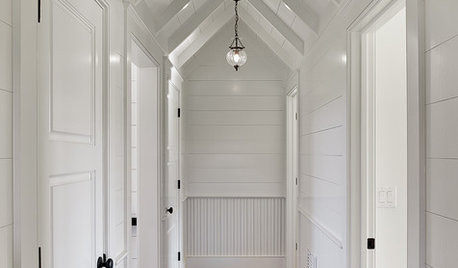
REMODELING GUIDESTongue and Groove Wall Paneling Joins the Comeback Club
Try this smooth architectural move to give your walls a streamlined appearance that conveys quality
Full Story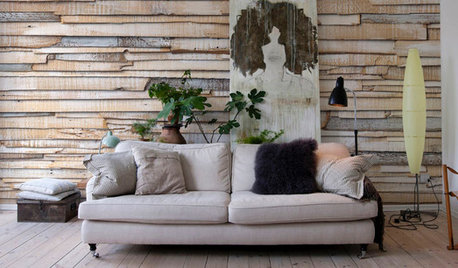
SHOP HOUZZRustic Paneling, Wallpaper and Flooring
Add inviting textures to your walls and floors
Full Story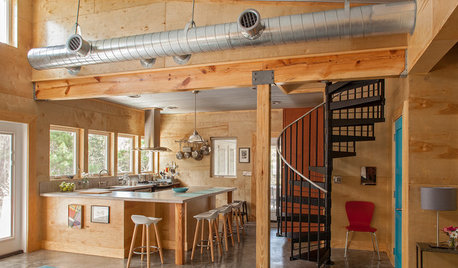
HOUZZ TOURSHouzz Tour: A Plywood-Paneled Beach Cottage Stands Out in Florida
Humble materials and a carefree design come together in a low-maintenance vacation home
Full Story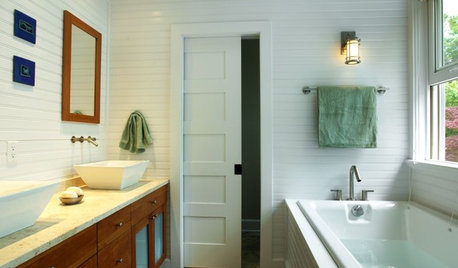
DOORSFive-Panel Doors Unlock Style
From Arts and Crafts to contemporary homes, five-panel doors add architectural interest with their classic design
Full Story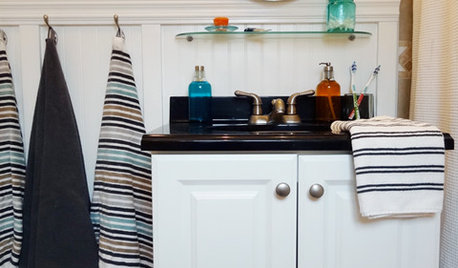
WALL TREATMENTSBeadboard Panels Offer a Shortcut to a Classic Style
Traditional touch: Change up plain bathroom walls with beaded hardwood planks and trim you can install yourself
Full Story
GREEN BUILDINGLet’s Clear Up Some Confusion About Solar Panels
Different panel types do different things. If you want solar energy for your home, get the basics here first
Full Story
MATERIALSPro Panel: ‘The Material I Love to Work With Most’
7 experts weigh in on their favorite materials for walls, flooring, siding and counters
Full Story
GREEN BUILDINGGoing Solar at Home: Solar Panel Basics
Save money on electricity and reduce your carbon footprint by installing photovoltaic panels. This guide will help you get started
Full Story
DIY PROJECTSHide Cords in Style With DIY Graphic Panels
Keep wires under wraps for a neater-looking home office or media center, with wall panels you make to your exact taste
Full Story







sombreuil_mongrel
alexia10Original Author
Related Professionals
Loveland Carpenters · South Miami Carpenters · Rancho Santa Margarita Carpenters · Apple Valley Flooring Contractors · Camp Verde Flooring Contractors · Chelsea Flooring Contractors · Edmonds Flooring Contractors · Owings Mills Flooring Contractors · Riverbank Flooring Contractors · Rogers Flooring Contractors · Seekonk Flooring Contractors · St. Louis Flooring Contractors · Carlsbad Furniture & Accessories · Kansas City Furniture & Accessories · San Juan Capistrano Furniture & Accessoriesalexia10Original Author
sombreuil_mongrel
alexia10Original Author
sombreuil_mongrel
bobismyuncle
alexia10Original Author
alexia10Original Author